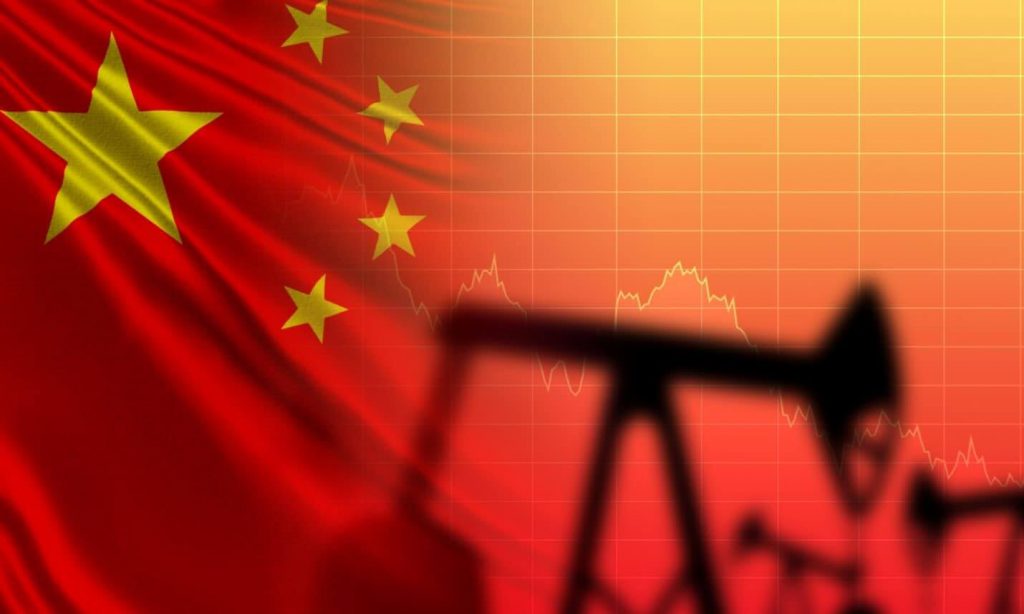
China is increasing its coal purchases
According to China customs data, China is increasing its coal imports as it works to fix its power problem, bringing in three times as much coal from Russia as it did last year. Power outages at industries across China were more common in September, as local governments tried to balance increased electrical consumption with efforts to limit carbon emissions.
Much of the coal imported into Australia came from Russia and Indonesia rather than Australia. In 2019, the country accounted for approximately 38% of China’s thermal coal imports, the principal fuel for electricity generation.
According to customs data retrieved by Wind Information, China imported approximately 3.7 million tons of thermal coal from Russia in September. It is a 28 percent increase from August and a more than 230 percent increase from a year ago.
The spike is not a one-time occurrence. Since May, China’s thermal coal imports from Russia have more than doubled or tripled from 2020 levels. This year’s monthly results are likewise significantly higher than pre-pandemic levels. Despite China’s rising need for coal, data from the customs office revealed that thermal coal imports from Australia remained zero. Australia was previously China’s major importer of coal. However, political tensions between the two countries rose as Australia supported an investigation into Beijing’s handling of the coronavirus outbreak.
Gold Up
In Asia on Monday morning, gold was up. However, a rising dollar and data showing sustained inflation boosted expectations on the US Federal Reserve tightening policy sooner than expected, limiting the yellow metal’s gains.
Gold futures rose 0.13 percent to $1,786.15, still below the $1,800 level after falling to a more-than-one-week low on Friday. The dollar, which usually moves in the opposite direction of gold, rose slightly on Monday after reaching its highest level since October 13 on Friday.
Data released in the United States on Friday called into question the Fed’s view that present inflationary pressures are only temporary and will subside soon. The price index for personal consumption expenditures maintained a run of inflation at levels not seen in 30 years. In September, it was 4.4 percent higher year on year while increasing 0.3 percent month on month.
However, on Friday, US Treasury Secretary Janet Yellen stated that she still sees inflation as a transitory effect of severe supply chain constraints that will resolve by 2022.


